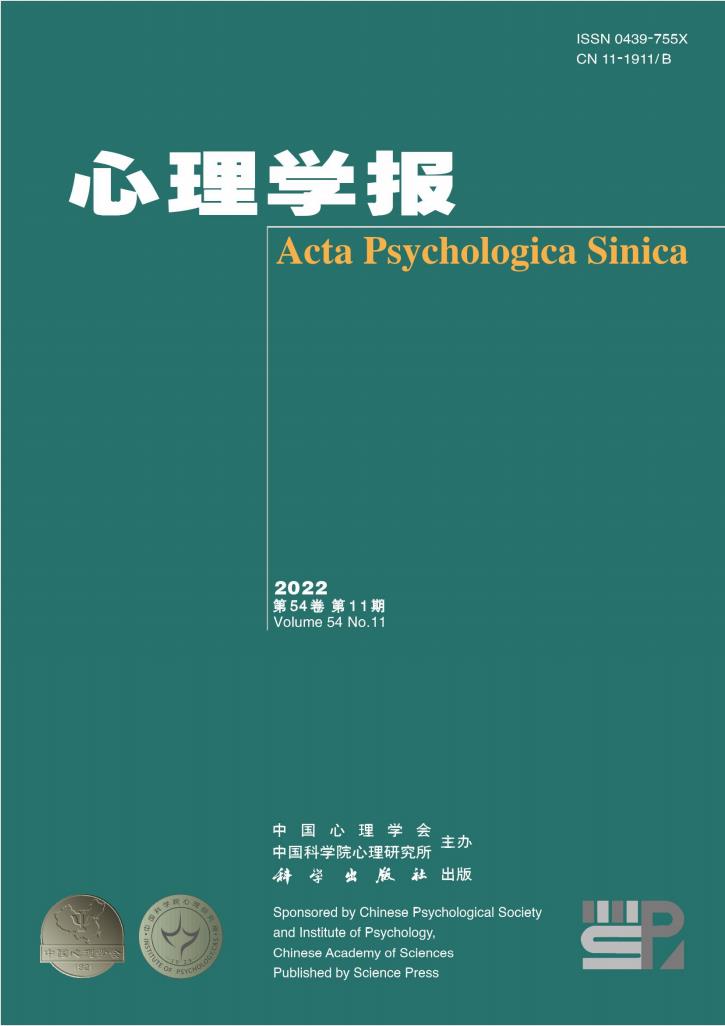动态动物简笔画美学的神经机制
IF 1.3
4区 心理学
Q3 PSYCHOLOGY, MULTIDISCIPLINARY
引用次数: 0
摘要
“爱美是一切健康人性的重要组成部分。”审美需要是人类高层次的精神追求。近年来,研究者越来越重视美的重要性。尽管研究人员进行了许多美学研究,但大多数研究都集中在静态刺激的研究上,而不是动态刺激,如飞行的鸟类或快速奔跑的马。因此,认知实验美学和认知神经美学的研究并没有解决以下问题:美。在实验2中,我们探索了动态动物棒状图形审美判断的神经机制,并比较了动态动物条形图形和静态动物条形图形审美判断之间的神经机制。20名未参加实验1的参与者在对动态动物棒形和匹配静态动物棒形进行审美判断时被扫描。结果表明,在动态和静态动物棒状图形的审美判断中,枕叶、额叶、海马、扣带皮层、岛叶、眶额皮层(OFC)和杏仁核区域通常被激活。参与动态动物棒形的审美判断的神经网络与参与静态动物棒形审美判断的神经元网络重叠。此外,与静态动物棒状图形相比,在动态动物棒状图形的审美判断中,舌回和颞中回(MT/V5)的激活更强。然而,与动态动物棒状图形相比,在静态动物棒状图形的美丽判断中没有发现显著的激活。总之,本研究表明,动物棒形的动态特性影响审美判断,动态动物棒形比静态动物棒形更美观。本文章由计算机程序翻译,如有差异,请以英文原文为准。
The neural mechanism of the aesthetics of dynamic animal-stick figures
“The love of beauty is an essential part of all healthy human nature.” Aesthetic need is a high-level spiritual pursuit of human beings. In recent years, researchers have gradually paid more and more attention to the importance of beauty. Although researchers have carried out many aesthetic studies, most have focused on the study of static stimuli and not dynamic stimuli such as flying birds or fast trotting horses. Thus, research in cognitive experimental aesthetics and cognitive neuroaesthetics has not addressed the following questions: beautiful. In Experiment 2 we explored neural mechanisms that underlie aesthetic judgment of dynamic animal-stick figures and compared the neural mechanisms between the aesthetic judgments of dynamic animal-stick figures and static ones. 20 participants who did not participate in Experiment 1 were scanned while they performed aesthetic judgments on dynamic animal-stick figures and matched static animal-stick figures. Results revealed that regions of occipital lobe, frontal lobe, hippocampus, cingulate cortex, insula, orbital frontal cortex (OFC) and amygdala were commonly activated in the aesthetic judgments of both dynamic and static animal-stick figures. The neural networks involved in aesthetic judgments of dynamic animal-stick figures overlapped with those involved in aesthetic judgments of static animal-stick figures. Furthermore, compared to static animal-stick figures, stronger activations of lingual gyrus and middle temporal gyrus (MT/V5) were found in the aesthetic judgments of dynamic animal-stick figures. However, compared to dynamic animal-stick figures, no significant activations were found in beautiful judgments of static animal-stick figures. In summary, the present study indicated that the dynamic property of animal-stick figures affected aesthetic judgment and dynamic animal-stick figures were more beautiful than static ones.
求助全文
通过发布文献求助,成功后即可免费获取论文全文。
去求助
来源期刊

心理学报
Psychology-Psychology (all)
CiteScore
1.70
自引率
13.30%
发文量
1612
期刊介绍:
Acta Psychologica Sinica (ISSN 0439-755X) is a scholarly journal sponsored by the Chinese Psychological Society and the Institute of Psychology, Chinese Academy of Sciences, and published monthly by the Science Press.
Acta Psychologica Sinica has been included in many important national and international indexing systems such as SCOPUS (Elsevier), ESCI (Web of Science), PsycINFO (APA), CSCD. It is the flagship journal of the Chinese Psychological Society that publishes peer-reviewed original empirical studies and theoretical articles spanning the entire spectrum of scientific psychology.
Acta Psychologica Sinica publishes high-quality research that investigates the fundamental mechanisms of mind and behavior and aims to deliver scientific knowledge to enhance our understanding of culture and society. It welcomes submissions of manuscripts reporting research that is up-to-date, scientifically excellent, and of broad interest and significance.
 求助内容:
求助内容: 应助结果提醒方式:
应助结果提醒方式:


